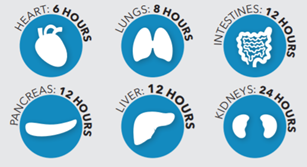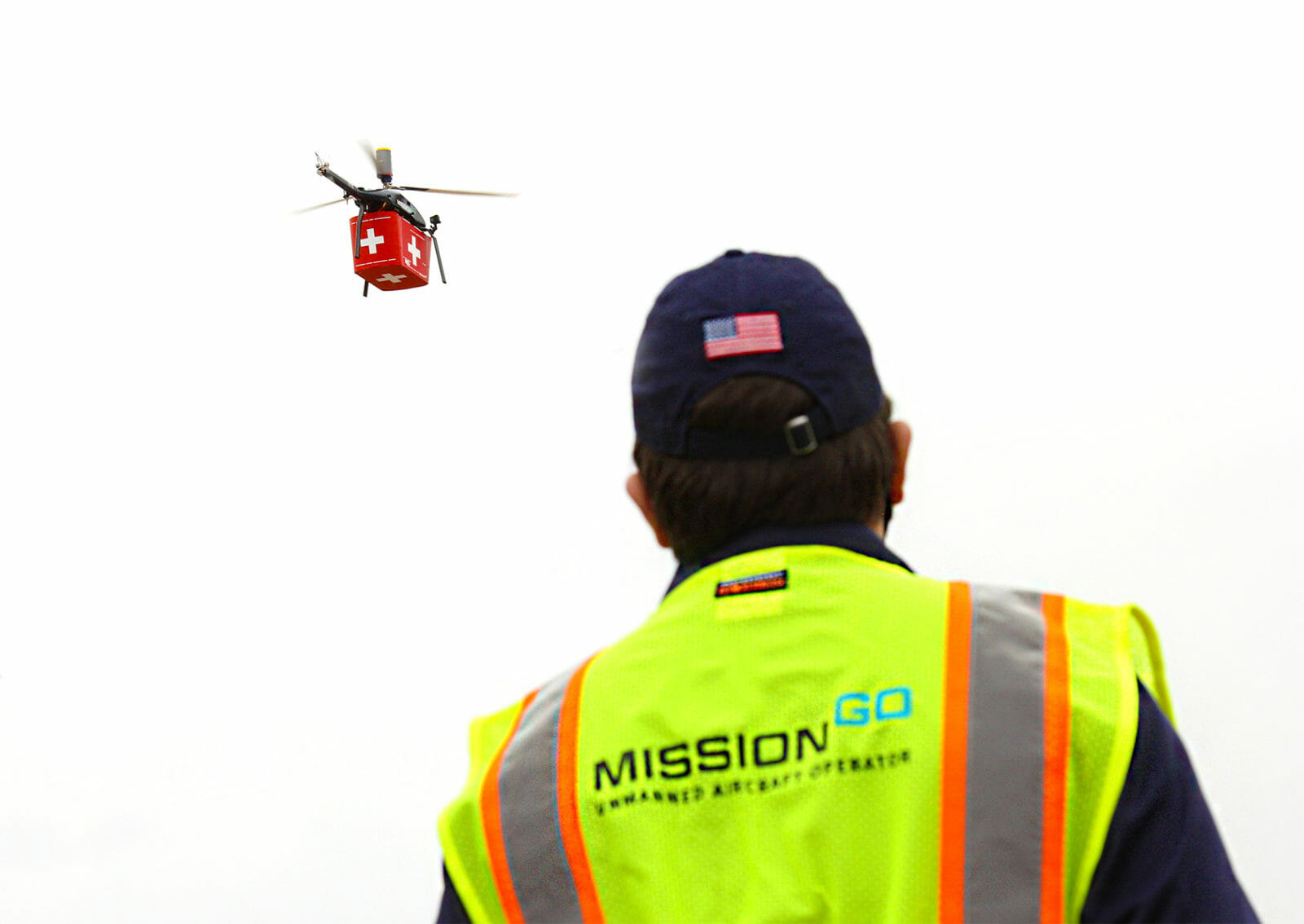Time Is the Enemy in Transplantation
LifeSource Pursues New Ways to Speed Up or Stop Biological Time.

Recovered organs can only be outside the body on ice for a short time and still remain viable for transplant. Organ donation organizations, like LifeSource, are always racing against the clock to deliver a donor organ to the best match in a few short hours.

LifeSource has always been focused on innovation and identifying how to make the organ donation process faster and more efficient, but in 2020, LifeSource set an audacious goal of transplanting 1,000 organs in one year by 2027. That’s a 40% increase in just six years. Aggressively pursuing solutions to address time-related challenges is one way to reach that goal.
Here are three recent ways LifeSource is using transformative technology to save more lives:
DCD “Heart in a Box” Organ Care System
What It Is:
- A portable, warm perfusion and monitoring system designed to keep a donor heart at a human-like, metabolically active state.
How It Works:
- The heart is removed from the body, then placed onto a machine that passes blood through the heart, reanimating it.
Why It’s Revolutionary:
- These are hearts we would not be able to recover and transplant, without this technology.
- With a traditional transplant, recovered hearts are chilled and unable to pump oxygenated blood. This leaves them prone to deterioration, and only viable for six hours. Hearts placed on the Organ Care System have been transplanted after as long as 16 hours.
- This is meaningful to the recipient who gets a second chance, and the family of the donor – knowing their loved one’s heart is beating in someone else’s chest.
Learn more about the first DCD heart donor in Minnesota and the “heart-in-a-box” technology.
Unmanned Aircraft (Drone) Transportation
What It Is:
- On May 5, 2021, MissionGO, a leader in unmanned aircraft solutions; LifeSource and Mercy Hospital, part of the Allina Health system, completed the first-ever test flight carrying a human pancreas donated for research via an Unmanned Aircraft System (UAS).
- Following a moment of silence led by Lead Pilot Ryan Henderson to honor the donor hero, this historic flight transported a research pancreas from Mercy Hospital in Coon Rapids, flew a 10-mile circuit over the Mississippi River, then returned to Mercy Hospital.
How It Works:
- Unmanned aircraft replace ground transportation allowing donation and transplant teams to shorten the length of time to get an organ from point A to point B and reduce the number of handoffs, which could potentially cause delays.
- The test flight successfully demonstrated the viability, value, efficiency gains and delivery speed of lifesaving organs via UAS within the Twin Cities metro area.
Why It’s Revolutionary:
- We believe unmanned aircraft systems/drone transport could be the future of organ donation logistics.
- A biopsy was performed by LifeSource on the pancreas before and after the flight to study the impact of UAS transportation on a human organ, revealing no changes in pre and post flight biopsies.
- Other opportunities –like time-sensitive blood samples – could be the first real-time application.

Establishing a “Human Organ Bank”
What It Is:
- LifeSource has invested in a national effort through the Biostasis Research Institute to stop biological time.
- Scientists in Minnesota and Massachusetts are developing new methods of organ preservation that could give organs a shelf life of months or even years.
- The goal is to create a “bank” of organs awaiting their perfect match. This will allow us to find the best match for each donor organ, no matter the distance between it and the recipient.
How It Works:
- Scientists add nanoparticles in and profuse them, along with biological antifreeze molecules. Then, an external radiofrequency is used to rewarm the organ entirely from within.
Why It’s Revolutionary:
- For pediatric transplant patients, it is difficult to find the right size organ match at the time a particular patient needs it. That’s devastating, but this will be a solution.
 Skip to main content
Skip to main content
